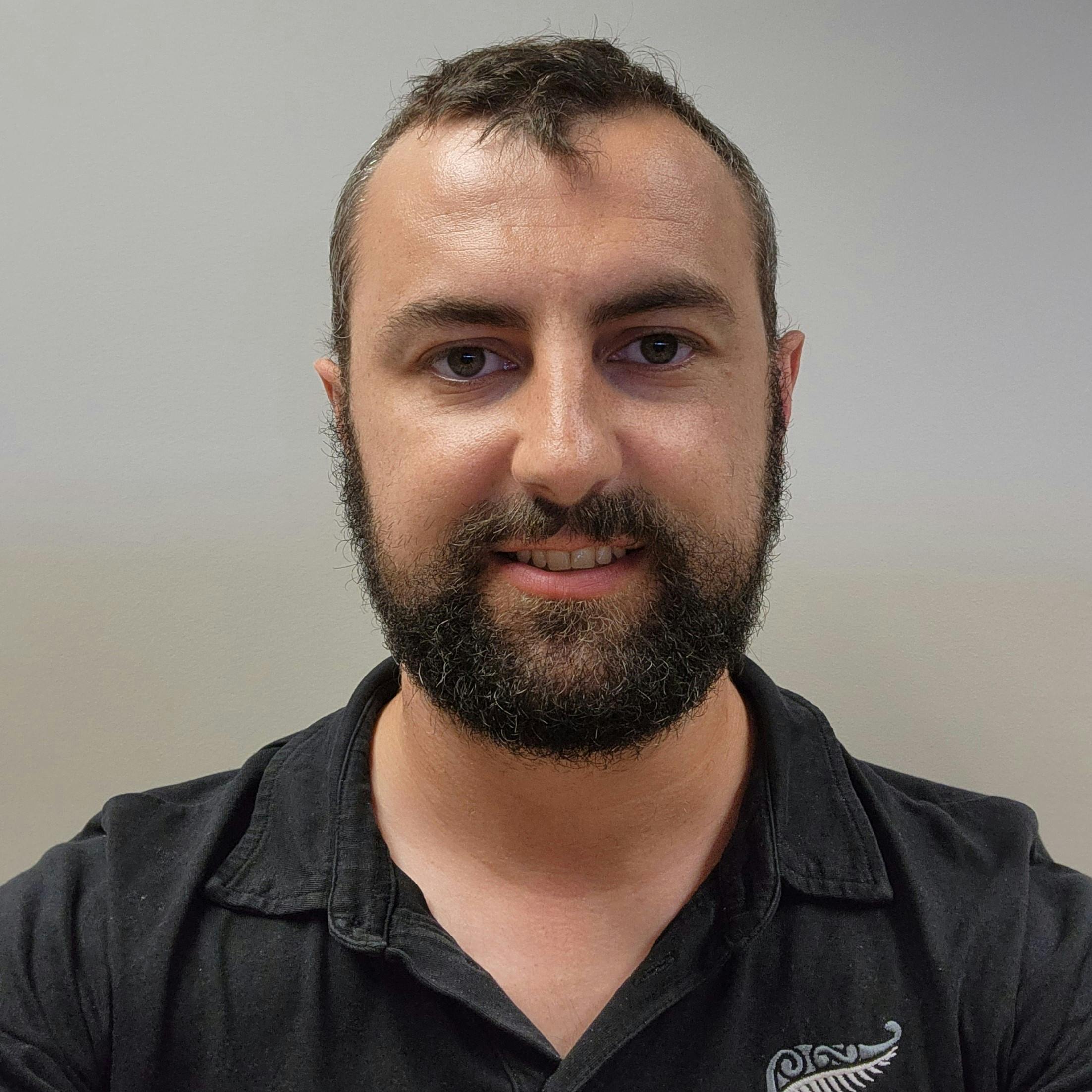Williamsville Transportation Study
Consultation has concluded and the engagement reports are available to read.

Shaping the Princess Street Corridor
The City of Kingston is completing the second phase of a transportation study of Princess Street, from east of Bath Road and Concession Street to Division Street, known as the Williamsville Main Street area. The purpose of this study is to develop the preferred cross-section for this section of the Princess Street corridor. It continues work completed in 2020 to support the proposed planning policy amendments for the Williamsville Main Street Study.
The initial phase of the 2020 transportation study confirmed that the Williamsville corridor is capable of accommodating the additional growth and traffic projected through the Williamsville study area without mitigation. That study also identified that both existing and future growth in the Williamsville area have relatively high rates of walking, biking and transit use. Therefore, it is important to accommodate the demand for these non-passenger vehicle modes of transportation.
One major constraint identified during the first phase of the transportation study was the limited right-of-way space. It is not possible for Princess Street to simultaneously be a transit priority corridor, a cycling spine route, a pedestrian-friendly corridor, and an arterial roadway leading to the downtown core. Therefore, a second phase of the study needs to identify the role, function and cross-section for the Princess Street corridor.
This second phase study will be used to guide and inform current and future projects along Princess Street, including a segment of Princess Street from Alfred to Division Streets, which has funding for future reconstruction.

More on Williamsville transportation
Consultation has concluded and the engagement reports are available to read.
Question submission closed March 7 at 4 p.m.


